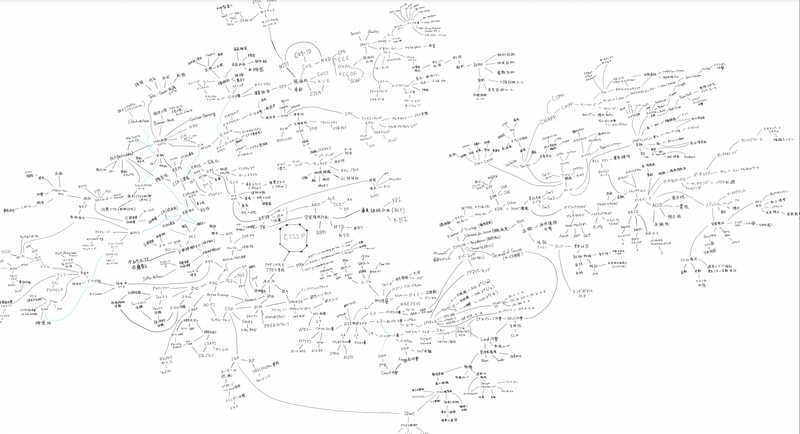New Reports Reveals How AI is Boosting the Phishing Attack Rapidly With More Accuracy
Cybercriminals have dramatically evolved their phishing tactics, leveraging generative AI to create highly personalized and convincing attacks, according to the newly released ThreatLabz 2025 Phishing Report. The days of mass phishing campaigns have given way to hyper-targeted scams designed to exploit specific human vulnerabilities with unprecedented precision. These sophisticated attacks now feature flawless lures specifically […] The post New Reports Reveals How AI is Boosting the Phishing Attack Rapidly With More Accuracy appeared first on Cyber Security News.

Cybercriminals have dramatically evolved their phishing tactics, leveraging generative AI to create highly personalized and convincing attacks, according to the newly released ThreatLabz 2025 Phishing Report.
The days of mass phishing campaigns have given way to hyper-targeted scams designed to exploit specific human vulnerabilities with unprecedented precision.
These sophisticated attacks now feature flawless lures specifically crafted to circumvent AI-powered security systems, creating a new era of digital deception that’s increasingly difficult to detect.
The report reveals a strategic shift in cybercriminal behavior: while global phishing volume dropped 20% in 2024, attacks have become significantly more targeted, focusing on high-value targets to maximize success rates.
This tactical evolution sees threat actors specifically targeting HR, payroll, and finance departments – areas with access to sensitive organizational data and financial systems.
The precision of these attacks demonstrates how cybercriminals are refining their approach for greater effectiveness despite deploying fewer campaigns overall.
Zscaler researchers identified that even as phishing attacks in the United States declined by 31.8%, the country remains the primary target globally.
This reduction is attributed to the implementation of stronger email authentication protocols like DMARC and Google’s sender verification system, which reportedly blocked 265 billion unauthenticated emails.
However, these defenses have merely prompted attackers to develop more sophisticated evasion techniques.
Advanced Detection Evasion Techniques
One particularly concerning evasion tactic identified in the report involves the strategic deployment of CAPTCHA challenges on phishing sites.
What appears as a security measure to ordinary users actually serves a dual purpose for attackers: it lends an air of legitimacy to fraudulent pages while simultaneously preventing automated security tools from analyzing the underlying malicious content.
This technique creates a significant blind spot in traditional security systems that rely on automated crawling and analysis.
Additionally, attackers are exploiting the growing public trust in artificial intelligence by creating convincing fake “AI agent” websites that mimic legitimate platforms.
These deceptive interfaces capitalize on users’ familiarity with AI assistants to harvest credentials and payment information.
The report also highlights the resurgence of voice phishing (vishing), where attackers impersonate IT support personnel to extract credentials in real-time conversations, creating a multi-channel threat landscape that traditional email security cannot address.
The ThreatLabz report emphasizes that effective defense requires a zero-trust approach that inspects encrypted traffic, isolates suspicious sites, and implements AI-powered threat detection to identify these increasingly sophisticated attacks before they compromise organizational security.
Malware Trends Report Based on 15000 SOC Teams Incidents, Q1 2025 out!-> Get Your Free Copy
The post New Reports Reveals How AI is Boosting the Phishing Attack Rapidly With More Accuracy appeared first on Cyber Security News.































































































































































![[The AI Show Episode 143]: ChatGPT Revenue Surge, New AGI Timelines, Amazon’s AI Agent, Claude for Education, Model Context Protocol & LLMs Pass the Turing Test](https://www.marketingaiinstitute.com/hubfs/ep%20143%20cover.png)



























































































































![[FREE EBOOKS] AI and Business Rule Engines for Excel Power Users, Machine Learning Hero & Four More Best Selling Titles](https://www.javacodegeeks.com/wp-content/uploads/2012/12/jcg-logo.jpg)










































































































































































































































![Hostinger Horizons lets you effortlessly turn ideas into web apps without coding [10% off]](https://i0.wp.com/9to5mac.com/wp-content/uploads/sites/6/2025/04/IMG_1551.png?resize=1200%2C628&quality=82&strip=all&ssl=1)




![This new Google TV streaming dongle looks just like a Chromecast [Gallery]](https://i0.wp.com/9to5google.com/wp-content/uploads/sites/4/2025/04/thomson-cast-150-google-tv-1.jpg?resize=1200%2C628&quality=82&strip=all&ssl=1)












![Apple Drops New Immersive Adventure Episode for Vision Pro: 'Hill Climb' [Video]](https://www.iclarified.com/images/news/97133/97133/97133-640.jpg)

![Most iPhones Sold in the U.S. Will Be Made in India by 2026 [Report]](https://www.iclarified.com/images/news/97130/97130/97130-640.jpg)




































































































































